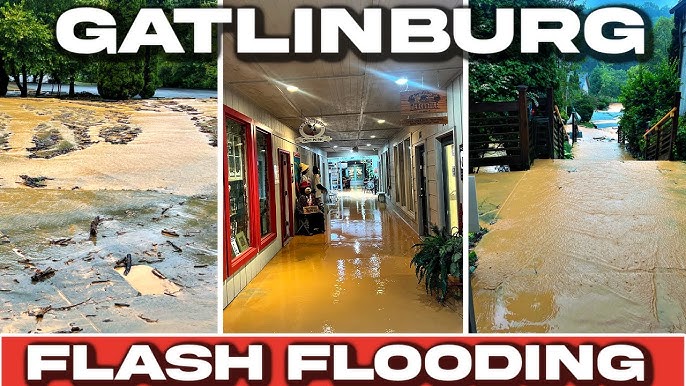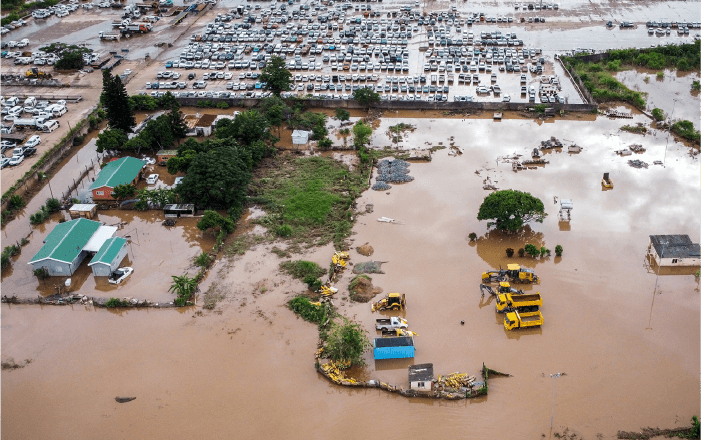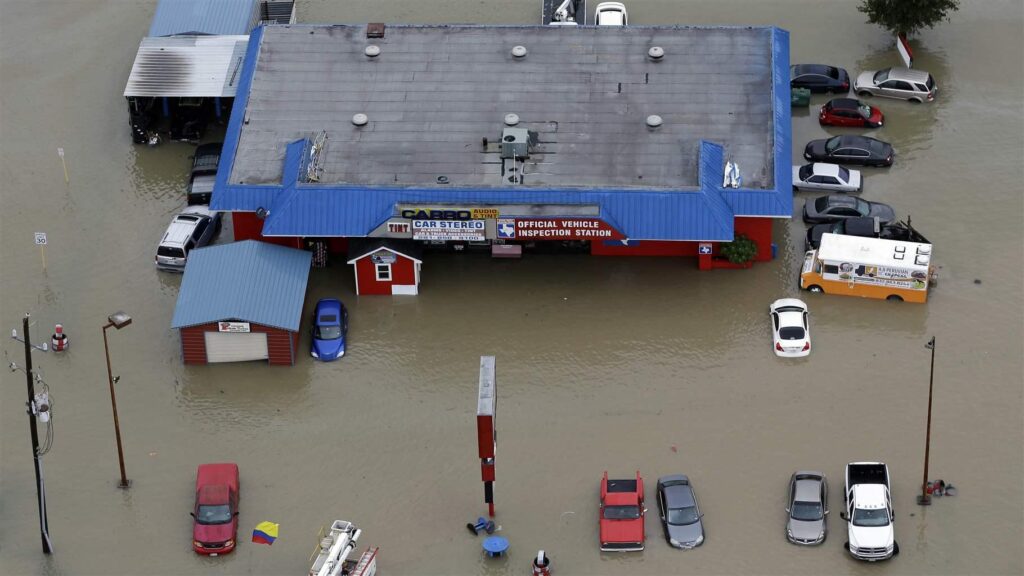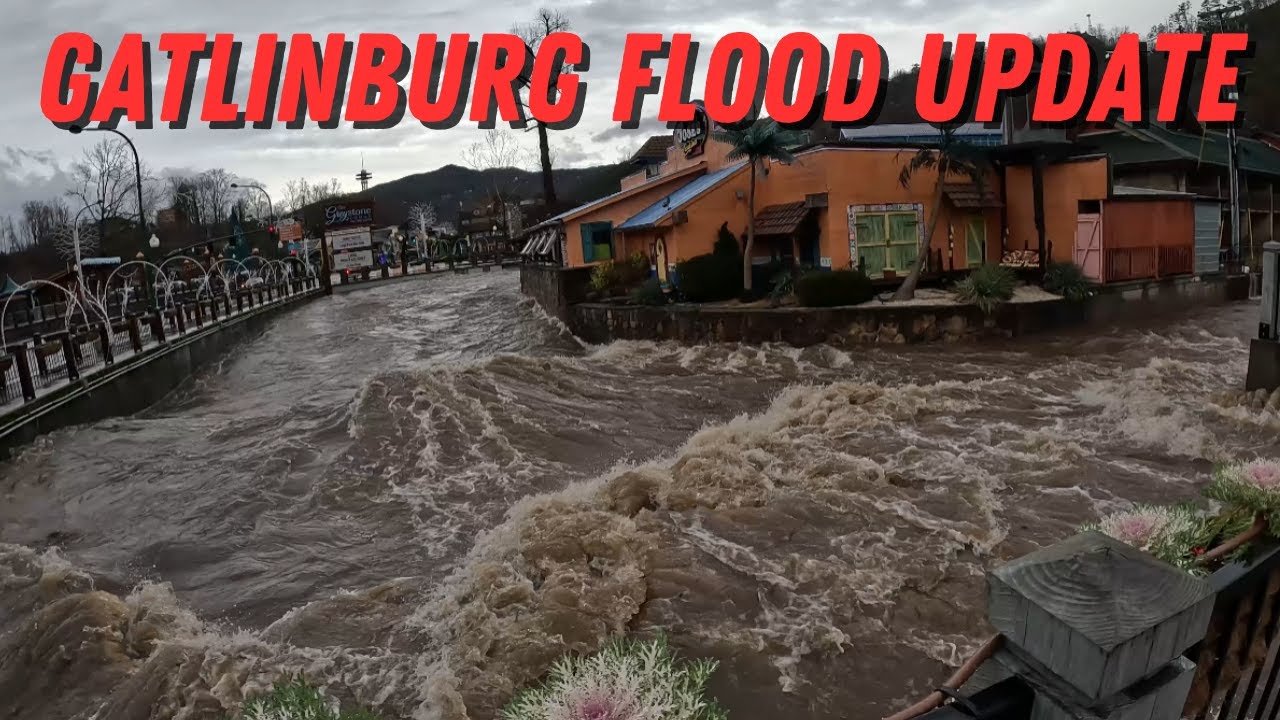The Gatlinburg floods caused severe disruptions in the region, resulting in significant economic and infrastructural damage. Heavy rainfall, similar to the pattern seen in Nashville weather, led to flooding, forcing evacuations and impacting key sectors like tourism, the backbone of Gatlinburg’s economy. As businesses shut down and infrastructure took a hit, the economic implications were widespread, calling for both immediate and long-term recovery strategies.
Economic Disruption in Gatlinburg
The floods affected the Gatlinburg weather patterns, damaging local businesses dependent on tourism, especially during the peak seasons. Local shops, hotels, and restaurants were forced to close temporarily, leading to an immediate loss in revenue. Like the aftermath of any natural disaster, the ripple effects of these closures impacted not only business owners but also employees, who faced reduced hours or unemployment during the recovery period. Without tourists flocking to the area, the local economy began to feel the strain.

Long-Term Economic Implications
The long-term recovery is daunting, with economic analysts drawing parallels to other regional disasters. The aftermath has resulted in a decline in investment and a slow recovery in tourism revenue. Restoring Gatlinburg to its pre-flood state will require significant resources and effort. In particular, rebuilding damaged infrastructure will incur high costs, and the question remains whether businesses and communities will recover fully without substantial governmental and private sector support.

Impact on Small Businesses
Small businesses faced the brunt of the disaster. Many lacked the financial stability to withstand extended closures, and insurance coverage was often inadequate to cover the damages. With Gatlinburg floods displacing customers, many small business owners were left grappling with rebuilding, unable to return to normal operations. For these businesses, the floods represented not just a temporary setback but a potential existential threat.

Government and Emergency Response
The government’s response was swift, with emergency teams coordinating evacuations and relief efforts. However, much like in other areas with severe weather patterns such as Nashville News, the resources available were insufficient to address the full scope of the damage. The region now faces the challenge of acquiring federal aid to help affected businesses recover. The focus is on rebuilding and offering financial assistance to those hardest hit by the flood.
Tourism Industry Recovery
As a major tourism hub, Gatlinburg relies heavily on its visitors. The floods disrupted this flow, with long-term damage threatening the sector’s stability. Similar to how Nashville’s weather affects local attractions, Gatlinburg’s tourism industry faced cancellations and a sharp decline in visitors. Efforts are underway to market the city as open for business, but it will take time before tourists feel confident enough to return in pre-flood numbers. Marketing and rebuilding efforts are critical for ensuring the longevity of this essential economic pillar.
Infrastructure Damage and Rebuilding
The infrastructure damage caused by the floods extended to roadways, bridges, and local utilities, compounding the economic struggles. Repairing these systems will require substantial investment and could take months or even years. Without proper infrastructure, businesses can’t function, and tourism cannot thrive. The government has prioritized the reconstruction of essential services to kickstart the recovery process.
Real Estate and Property Market
The flooding also had a major impact on real estate values. Properties in affected areas saw a decrease in demand as potential buyers feared future floods. Insurance costs have increased, making it harder for property owners to recover from the damages. This has slowed down the property market in the region, further impacting the economy. The uncertainty surrounding future flood risks remains a significant concern for real estate stakeholders.
Community-Led Recovery Initiatives
The local community has played an integral role in recovery efforts. Grassroots initiatives and crowdfunding campaigns have sprung up to help businesses rebuild and offer immediate support. These efforts, while helpful, are often limited by available resources. The sense of community is strong, but without broader financial backing, there are limits to how much can be accomplished at the local level.
Business Continuity Planning
The floods have emphasized the need for business continuity planning. Few businesses had robust disaster preparedness plans, making the recovery process slower and more painful. Moving forward, business owners will need to implement strategies for mitigating the effects of future natural disasters, which are likely to increase due to climate change. Businesses integrating flood-resistant infrastructure and insurance coverage into their operations will fare better in future events.
Insurance Challenges Post-Flood
Insurance coverage played a crucial role in the recovery process, but many businesses discovered that their policies didn’t provide adequate protection for the flood damages incurred. For those that had coverage, navigating the claims process has been challenging, with delays and denials hampering efforts to rebuild quickly. In response to the Gatlinburg floods, insurance companies are reassessing their policies, making it more difficult and expensive for businesses in flood-prone areas to obtain coverage in the future.
Future-Proofing Gatlinburg’s Economy
To ensure that Gatlinburg can withstand future events, the focus must shift to future-proofing its economy. This will involve investments in flood-resistant infrastructure, more robust disaster preparedness plans for businesses, and diversifying the local economy to reduce its reliance on tourism alone. By learning from the mistakes of the past and preparing for future challenges, Gatlinburg can build a more resilient economy that can withstand future weather-related disasters.
Conclusion: The Path to Recovery
In the wake of the Gatlinburg floods, the road to economic recovery is long and uncertain. The impact on local businesses, infrastructure, and tourism has been devastating, but with coordinated recovery efforts, the city can bounce back. By addressing the gaps in disaster preparedness, investing in infrastructure, and supporting small businesses, Gatlinburg will have a chance to emerge stronger from this crisis.





